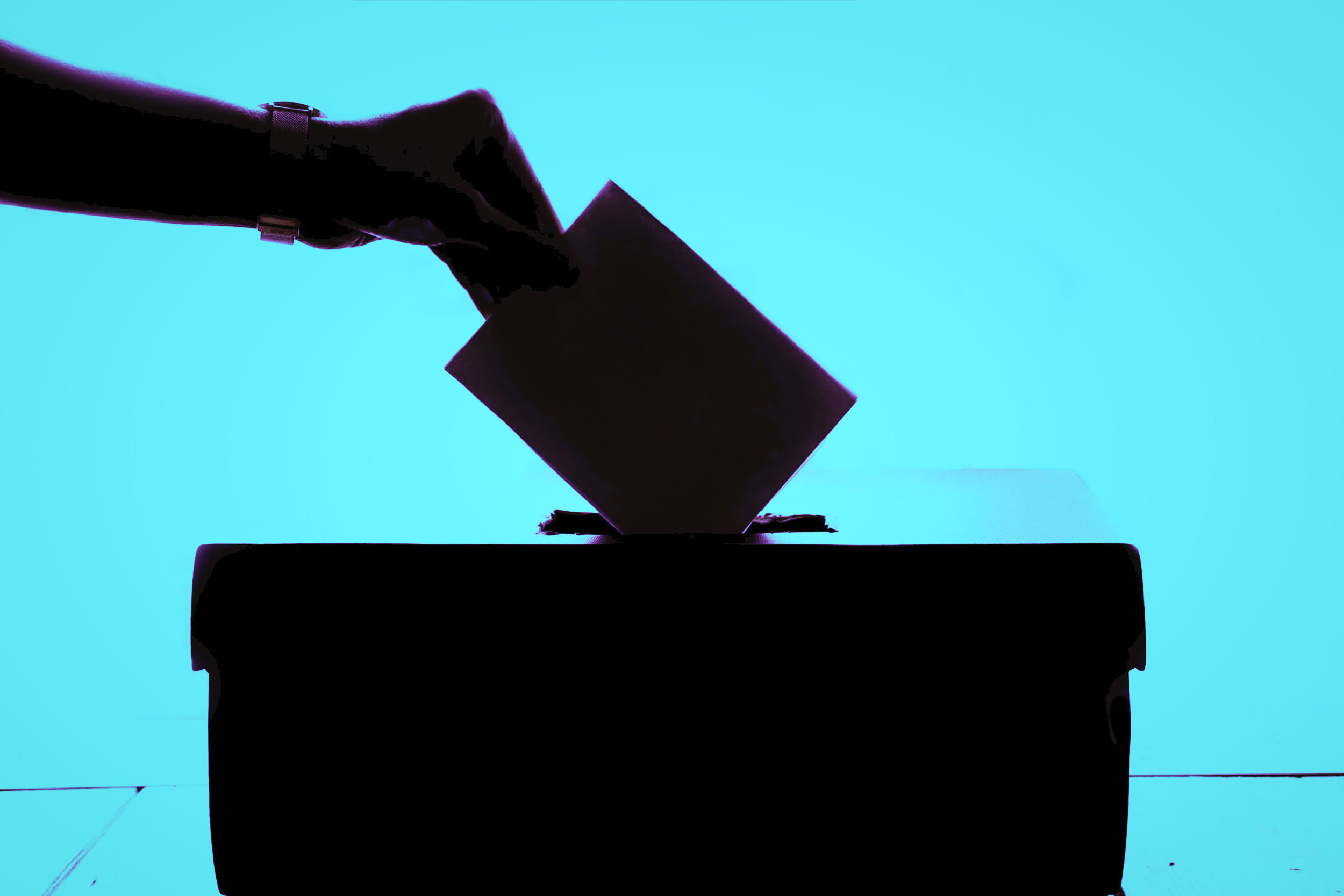The technology behind political donations. It’s something that rarely gets discussed. But it’s such a critical component for a campaign to figure out. Where can they show up that’s new but also familiar? When that is figured out, technology does the fundraising for them.
And Amazon just presented candidates with a prime new opportunity for fundraising.
On Thursday, you’ll be able to make campaign donations to 2020 presidential candidates through your Amazon Alexa devices — or at least to those candidates whom Amazon deems eligible to set up an account.
Makena Kelly, The Verge
If a campaign chooses to sign up for Alexa donations, you’ll be able to donate to it by merely saying, “Alexa, I want to make a political contribution,” or “Alexa, donate [amount] to [candidate name].” All donations will be processed through Amazon Pay, and users will receive email receipts for their contributions as well.
First of all, a brilliant move on Amazon’s part because it gets politicians to spend some of their marketing dollars to drive Amazon Alexa awareness. Additionally, it’s a gateway for more integration between Amazon Pay accounts with Alexa units. So, Amazon is winning big-time.
Secondly, this is another technology platform that the savvier candidates can use to reach and (reap the rewards) from constituents. Alexa is always right there. I could see this being used in unison with other media to coax people into donating.
It may even become a cornerstone in the campaign of our next President. Just as these technological fundraising mechanisms were for previous candidates:
Technology Meets Fundraising
Leading into the 2012 election, Obama was the first to roll out a text-to-donate system allowing supporters to text upwards of $200 to his campaign efforts – and the donation would be added to their phone bill. As a result of this technology, nearly half of the donors to Obama’s reelection campaign in 2011 gave $200 or less, more than double the proportion seen in 2007.
The simplicity of text-to-donate is what makes it so effective. It’s why the Red Cross and other charities are so fond of text donation systems.
Likewise, Bernie has been keen on the non-traditional fundraising practices, using long-form emails (in the blogger format) and text messaging to get donations. However, he’s also started a Twitch livestreaming account to connect with and raise funds from the gaming crowd.
Sanders’ team didn’t take advantage of [Twitch’s built-in monetization options] because Twitch’s current policy is to demonetize any official Twitch channel set up by a politician.
Bijan Stephen, The Verge
[However] Streamlabs built Sanders a custom site that sidestepped the donation problem entirely. The page allows viewers to donate directly to the Sanders campaign without having to stop watching the stream (or the chat).
Then there’s Trump. Whereas most candidates will use technology to “make it rain” with donations, I think what’s most notable about Trump’s campaign was his use of technology to “make it last”.
From June to November of 2016, Clinton’s campaign tested 66,000 distinct ads while Trump’s tested 5.9 million. Parscale told CBS’s 60 Minutes that they tested, on average, 50,000 to 60,000 different ads daily. This, in the words of the memo, “better leveraged Facebook’s ability to optimize for outcomes.”
Alex Howard, MIT Tech Review
Additionally, he used the nature of our media engine against itself – focusing on the sensational snippets to get more than $5.9 Billion in free media attention. Reminds me a lot of the lessons that Ryan Holiday taught in Trust Me, I’m Lying: Confessions of a Media Manipulator.
These are a few of the technologies we’ve seen to date. But what’s next?
What’s next?
When you can reach people through technology in the places they frequent, then donations don’t seem like that big of an ordeal. But the trick is balancing the new and the familiar by meeting people where they are at technologically:
- Grandparents grew up with the mail system, television, and phone.
- Adults are more the email and television type.
- Young adults are especially on Twitter, Facebook, and Instagram.
There are always exceptions to the rule in each demographic. And that’s why we can always expect better data and targeting to prevail over broad generalizations.
However, when we look to the next generation of voters (and donors), they’ll need to be reached on Twitch, Tik Tok, and other new places:
- Twitch creators, for example, have already raised more than $115 million for over 300 charities. So the platform is attuned to giving.
- Tik Tok is already the social media home to over 26 million Americans – and they spend an average of 55 minutes on the platform per day. This will be a dark horse for candidates to win in the future.
- I even wonder if a platform like Patreon, where creatives sell memberships to their audiences, could make for an interesting recurring subscription platform for political donations.
All in all, donation technology is about balancing novelty and familiarity. Reach people in the places that are familiar. But bring something novel to the table for extra wins.
